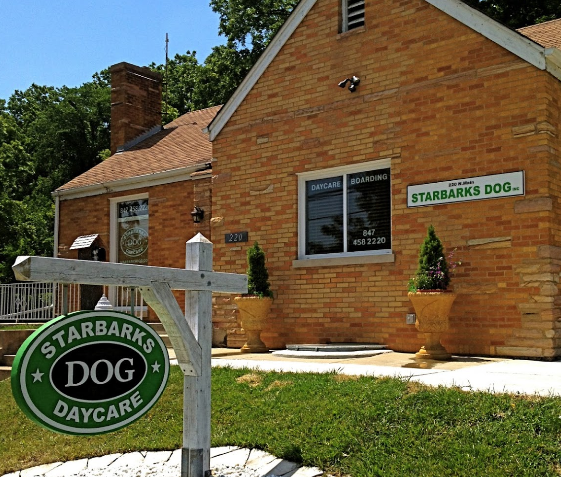Today, I want to share with you how to trademark a business name, and the single biggest risk that I see people make when they are filing their trademark application. Are you ready? Let's do this.
Today's video is a little bit different. I want to talk to you about the single biggest mistake I see people making with their trademark application. And I want to explain to you why I think this is the single biggest risk that I see people make with their trademark application.
The reason I made this video is because another IP lawyer basically called me out on one of the comments for one of my older videos. The video was about some of the most common trademark mistakes I see online entrepreneurs make.
In one of the comments, Ana says, “As a business and IP lawyer, most of this video is correct. However, if someone files a mark themselves and later wishes to grander to their business,” I'm not sure what that means. “If they wish to grander to their business, a simple assignment can be filed. It's not a big deal and not the most common mistake, referring to around the 7:30.”
Then I responded back to her, to which she replied back and told me that I was wrong. And I frankly deleted that comment because actually, she is wrong. Sorry Ana.
How to Trademark a Business Name – Who is using the Name?
Yes, you can absolutely file an assignment after your trademark is registered if the ownership changes. The probably I discuss in this video is making an assignment if you include the wrong owner on the trademark application by mistake. That's a no-no.
If you file your trademark as a sole proprietorship, and you're doing business as a sole proprietorship, and then you file your trademark that way.
And then later on, you decide to set up an LLC and you want to transfer the trademark to the LLC, you can in fact assign that trademark to the LLC. And you can file an assignment with the trademark office. That is totally cool. That is kosher. Yes, you can do that.
There's a lot of rules and procedures in the trademark examining procedures manual that will teach you or show you how to do that.
Related Resource: Here is another blog post on how to how to name your company and get the best trademark.
What the Trademark Manual says about what happens if the wrong party is identified as an applicant
Now, what I want to read from today is section 1201.02(b). And the title of this section is application void if wrong party identified as the applicant. Anyway, here's what it says. It says, “An application must be filed by the party who is the owner of, or is entitled to use, the mark as of the application filing date.”
What does that mean? It basically means that if you have an LLC in place and you file the trademark application, but you file the trademark application under your name as the owner of the mark, then the minute you submit that application, even though the mark is owned by the LLC, because the LLC is what is using the mark in commerce, then your application is void from the very beginning.
There's nothing you can do about that.
In that case, you need to file a new application, pay a new filing fee, and make sure that the LLC is listed as the owner of the trademark.
Why an Assignment of the Trademark Won't Work
There is no assignment. You can't assign something that you don't own. That's illegal. That's like basic legal 101 from first year of law school when we learned about statutory construction.
You can't assign something that you don't own.
So, if you have an LLC in place and you file the trademark as a sole proprietor, or as yourself as the business owner, you don't actually own the trademark when you filed the application. So you have nothing to assign. You have nothing to transfer. So, no, you can't do that.
Ana, maybe we got our words crossed, but I'm sorry to say that I do disagree with you, respectfully from one lawyer to another.
Related Resource: Do you have a name that requires trademark protection? We can help you with that.
How to Trademark a Business Name the Right Way
Anyway. If you are filing your trademark application, making sure that you have the proper name in place for the applicant is one of the most important things that you can do when you're submitting that application.
There's a lot of other trademark risk I see people make though. They use the wrong description. They use the wrong class. Or they try and trademark a name that's being used by somebody else, or is deceptively similar to another previously registered trademark.
There's a lot of other things that you can do to mess up when you are trying to figure out how to trademark a business name. But in general, check out this other video we've done that discusses some other mistakes. This is the video I'm talking about that Ana commented on, that said that I was wrong. But in fact, I think I was right. So, have a great day folks!



